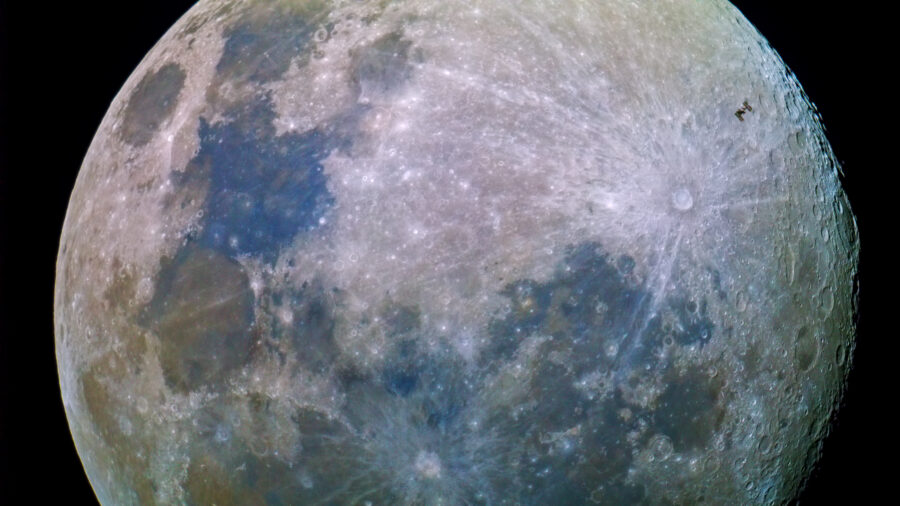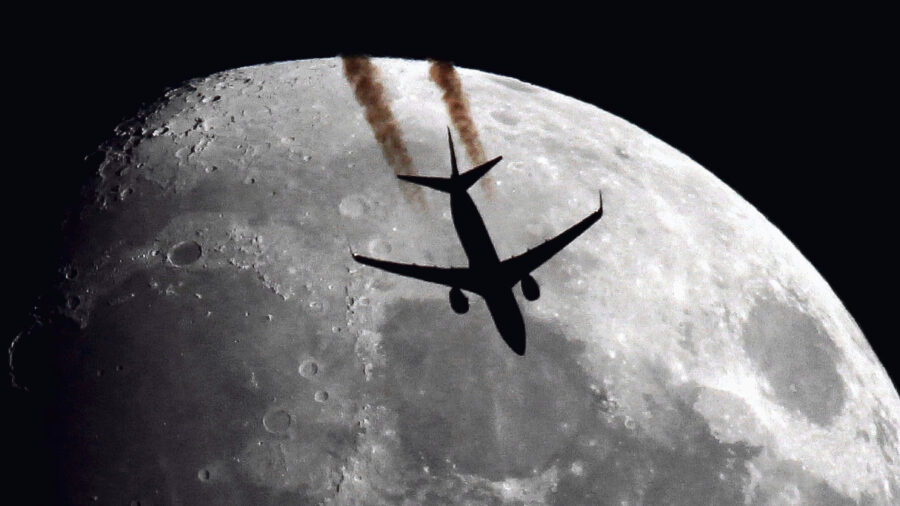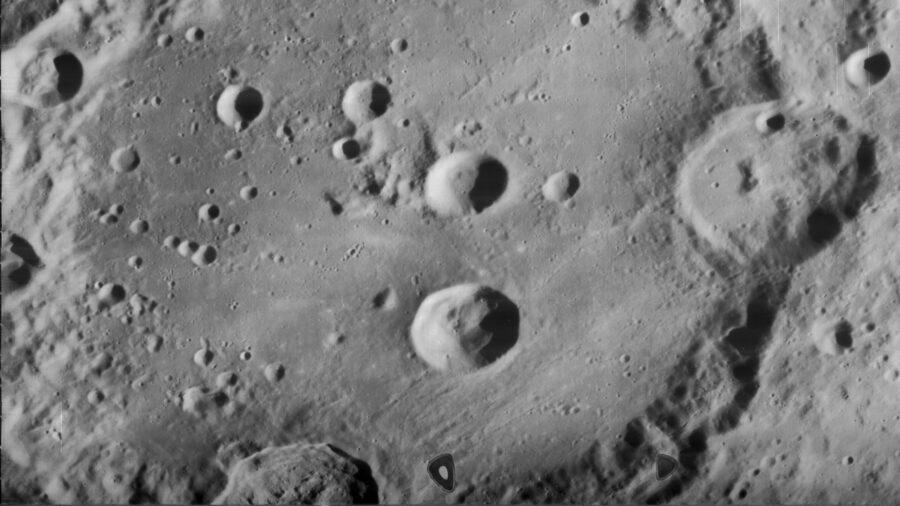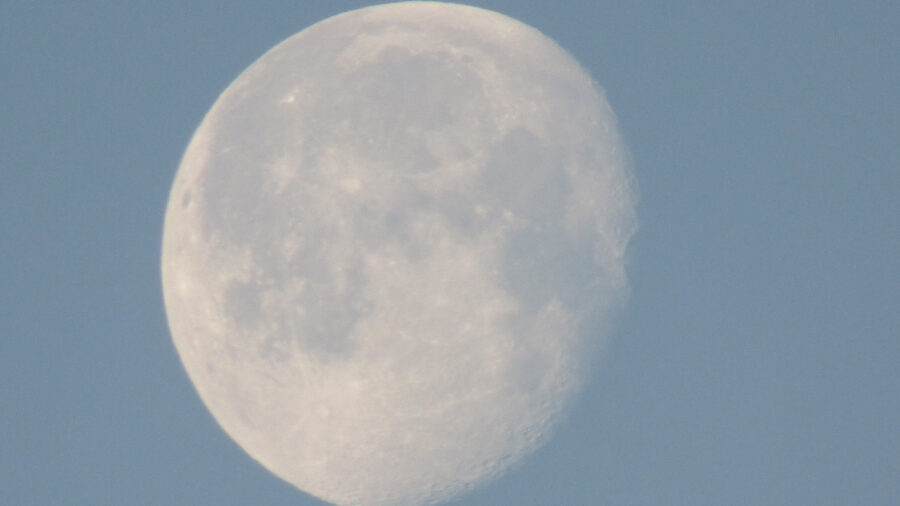Water On The Moon Discovered By NASA
Water on the moon has been discovered! Here's what this could mean.
This article is more than 2 years old

Water on the Moon has been detected by NASA and it has the potential to change our entire understanding of our orbiting satellite. Scientists have discovered that there are “water traps” on the sunlit side of the Moon, which was previously thought to be impossible. Theorizing had taken place that water could exist on the cold, shadowed side of the Moon, but this discovery of it on the sunlit side is extremely interesting to researchers.
The water on the Moon was discovered by SOFIA (Stratospheric Observatory for Infrared Astronomy), a modified Boeing 747SP jetliner that is equipped with a 106-inch diameter telescope. SOFIA can reach above 99% of the water vapor in Earth’s atmosphere. Doing this allows it to get a clearer view of infrared patterns. SOFIA utilized its Faint Object infraRed CAmera for the SOFIA Telescope (FORCAST) to detect the specific wavelength that is unique to water molecules. Upon doing so, SOFIA discovered a significant enough concentration of H2O in the Clavius Crater, one of the largest craters on the Moon’s surface.

Exactly how there came to be water on the Moon is something of a puzzle. There is the possibility that it could be trapped in “glass beads” on the surface that are formed when micrometeorites impact the Moon’s surface. The surface could melt and form water or become trapped in beads. Even so, NASA scientists wanted to stress that the amount they have observed is extremely small. It has been compared to the size of a golf ball or one percent of all the water in the Sahara desert. Even so, the fact that it is there after not being observed before is cause for excitement.
There had actually been potential evidence of water on the Moon in the past, but researchers had been unable to confirm whether it was H2O or hydroxyl, a chemical component that you can find in drain cleaners. However, the confirmation that it was water was announced by Paul Hertz, director of the Astrophysics Division in the Science Mission Directorate at NASA Headquarters in Washington.

So, what does the discovery of water on the Moon exactly mean? NASA hopes to send a team to the Moon by 2024 and wants to a “sustainable human presence” or lunar base by the end of the decade. The discovery of water on a previously believed barren surface could help astronauts learn more about deep space travel and sustainability. It could be used for fuel or even potentially drinking, but more importantly, the presence of water could be utilized to create breathable oxygen. “If we can use the resources at the Moon, then we can carry less water and more equipment to help enable new scientific discoveries,” said Jacob Bleacher, chief exploration scientist for NASA’s Human Exploration and Operations Mission Directorate.
Paul Hayne, assistant professor in the laboratory of atmospheric and space physics at the University of Colorado Boulder, sounds very hopeful for this discovery of water on the Moon. “If we’re right, water is going to be more accessible for drinking water, for rocket fuel, everything that NASA needs water for.” Between this and the discovery of potential signs of life on Venus, it has been quite a year for changing our understanding of our own solar system.

This is an incredible scientific discovery that could help pave the way for serious advancements in space travel. Hopefully, we will be able to investigate this potential water on the Moon and use the information we glean from it to help push the human race towards a better grasp on space colonization.












